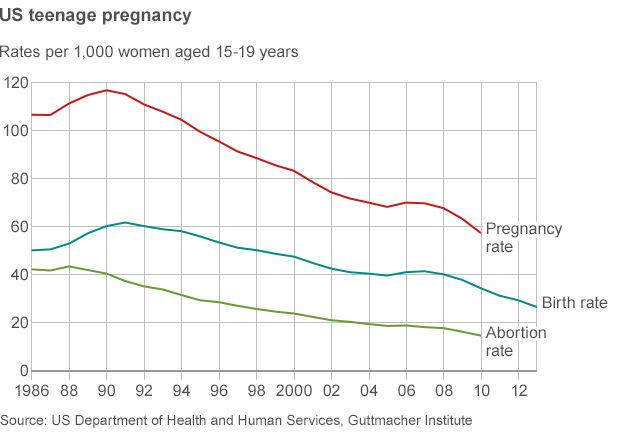Is the phenomenon of teen pregnancy in the United States spiraling out of control? For decades, this subject has prompted fierce debates among policymakers, educators, and families alike. Despite various initiatives and educational programs aimed at reducing rates, the complexities surrounding teen pregnancy remain daunting. The statistics tell a compelling story—not one of linear decline but rather a situation that begs for further scrutiny.
From 1991 to 2019, teenage pregnancy rates witnessed a significant decrease, leading many to believe that the issue was being effectively tackled. However, recent reports indicate that this progress has plateaued, raising concerns that a resurgence could be on the horizon. What accounts for this unexpected stagnation? Beyond mere statistics, societal factors, access to education, and evolving cultural narratives come into play.
Access to reproductive education appears to be uneven across various demographics. In some affluent communities, teenagers receive robust sex education, encouraging informed choices. However, in lower-income areas, the lack of comprehensive sexual health education leaves many youths ill-prepared to make responsible decisions. As a result, the gap between the informed and the uninformed widens, potentially propelling rates higher in vulnerable populations.
Moreover, the role of technology cannot be underestimated. With the advent of social media and smartphone accessibility, teenagers today are exposed to an unprecedented amount of information. While this can facilitate knowledge about reproductive health, it also serves as a double-edged sword. Misinformation spreads just as rapidly, and glamorization of unplanned pregnancies in popular media may further distort perceptions, making the challenges associated with teen motherhood appear less daunting than they truly are.
As we delve deeper, the impact of mental health emerges as a pivotal issue entwined with teen pregnancy. Many adolescents face psychological challenges that can impair their capacity to make sound judgments. Stress, anxiety, and depression may skew their decision-making processes, pushing some toward risky behaviors that increase the likelihood of unplanned pregnancies. Addressing mental health holistically can thus be an essential component of any strategy aimed at curbing teen pregnancy.
So, what can be done to effectively confront this pressing sociocultural dilemma? Enhanced collaboration among governments, educational institutions, and healthcare providers is vital. Comprehensive programs that not only focus on reproductive education but also consider mental health support systems could make substantial differences. The challenge lies not only in preventing pregnancies but also in empowering teens with guidance and resources to navigate their choices.
In conclusion, the question remains: Are we adequately prepared to tackle the complexities of teen pregnancy? This multifaceted issue requires attention, adaptability, and a commitment to fostering healthier environments for young people. Only through a concerted and informed approach can we hope to turn the tide on this ongoing challenge.
